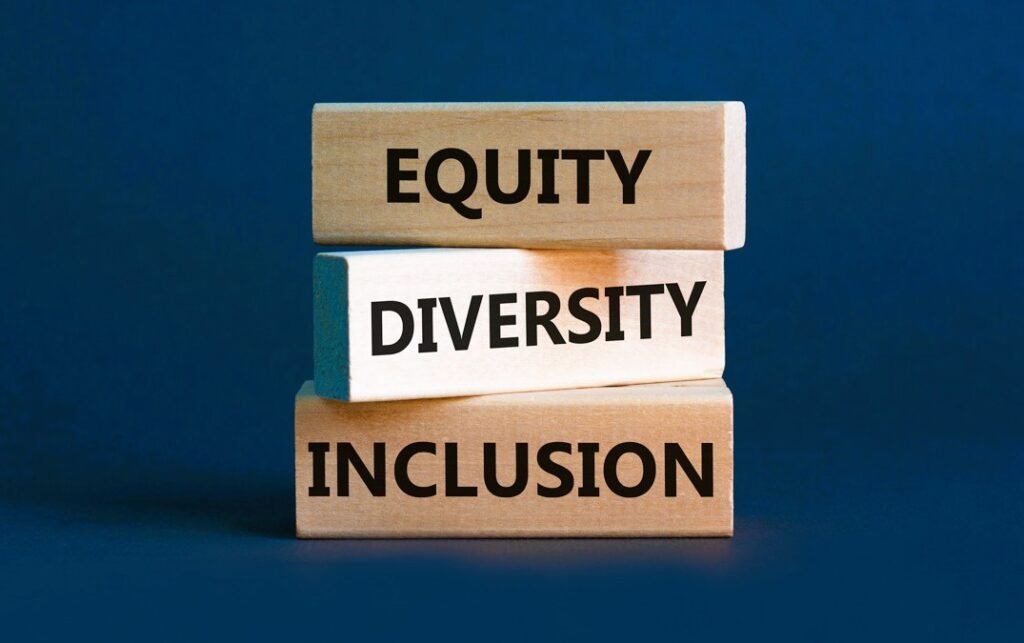Eco-friendly Living for Better Health: How Sustainable Choices Improve Well-Being
In today’s world, the connection between our environment and our health has never been clearer. The choices we make in our daily lives, from the food we eat to the products we use and how we travel, have a profound impact not only on the planet but also on our personal well-being. Eco-friendly living is not just a trend; it’s a path to better health, both for ourselves and the Earth. In this article, we will explore how adopting eco-friendly practices can lead to improved health outcomes and a more sustainable future. Clean Air, Better Breathing One of the most immediate benefits of eco-friendly living is cleaner air. By reducing our carbon footprint, we help decrease air pollution and greenhouse gas emissions. Clean air is essential for respiratory health, as poor air quality can exacerbate conditions like asthma and allergies. Embracing sustainable transportation options like cycling, walking, or using electric vehicles can reduce exposure to harmful pollutants, resulting in better lung function and overall well-being. Nutrient-Rich, Sustainable Diets Eco-friendly living often goes hand in hand with sustainable eating habits. Choosing locally sourced, organic, and plant-based foods not only reduces the environmental impact of agriculture but also promotes better nutrition. Diets rich in fruits, vegetables, and whole grains are associated with lower rates of chronic diseases such as heart disease and diabetes, while also reducing the demand for resource-intensive meat production. Reducing Toxic Exposure Many conventional household and personal care products contain harmful chemicals that can be absorbed through our skin or inhaled. Eco-friendly alternatives are often free from toxic ingredients like phthalates, parabens, and synthetic fragrances. By making the switch to natural and eco-friendly products, we can reduce our exposure to potentially harmful substances, supporting healthier skin and reducing the risk of adverse health effects. Enhancing Mental Well-Being Spending time in nature has a profound impact on our mental health. Eco-friendly living encourages outdoor activities, such as hiking, camping, and gardening, which can reduce stress, improve mood, and increase overall mental well-being. The practice of ecotherapy, or nature-based therapy, has gained recognition for its positive effects on mental health. Sustainable Exercise and Recreation Physical activity is crucial for good health, and eco-friendly living often promotes active transportation and recreational activities in natural settings. Biking, hiking, and outdoor sports are not only enjoyable but also help maintain a healthy weight, reduce the risk of chronic diseases, and improve cardiovascular fitness. Reducing Plastic Pollution Plastic pollution is a significant environmental concern, but it also has implications for human health. Plastics can release harmful chemicals into the environment and enter the food chain, potentially affecting human health. Eco-friendly living includes reducing plastic consumption, opting for reusable alternatives, and supporting policies to mitigate plastic pollution’s health impacts. Building Sustainable Communities Eco-friendly living extends beyond individual choices to community-level initiatives. Sustainable urban planning, green spaces, and public transportation systems contribute to healthier communities. Walkable neighbourhoods encourage physical activity, reduce traffic-related pollution, and foster a sense of community well-being. Conclusion Eco-friendly living is not just about saving the planet; it’s also about improving our own health and well-being. By making conscious choices that prioritize sustainability, we can breathe cleaner air, eat healthier foods, reduce toxic exposures, and enjoy the mental and physical benefits of a more environmentally conscious lifestyle. As individuals and communities, we have the power to create a healthier, more sustainable future for ourselves and future generations. Embracing eco-friendly living is a positive step in that direction. The author, Pratik Ghosh is associated with ArdorComm Media
Eco-friendly Living for Better Health: How Sustainable Choices Improve Well-Being Read More »










